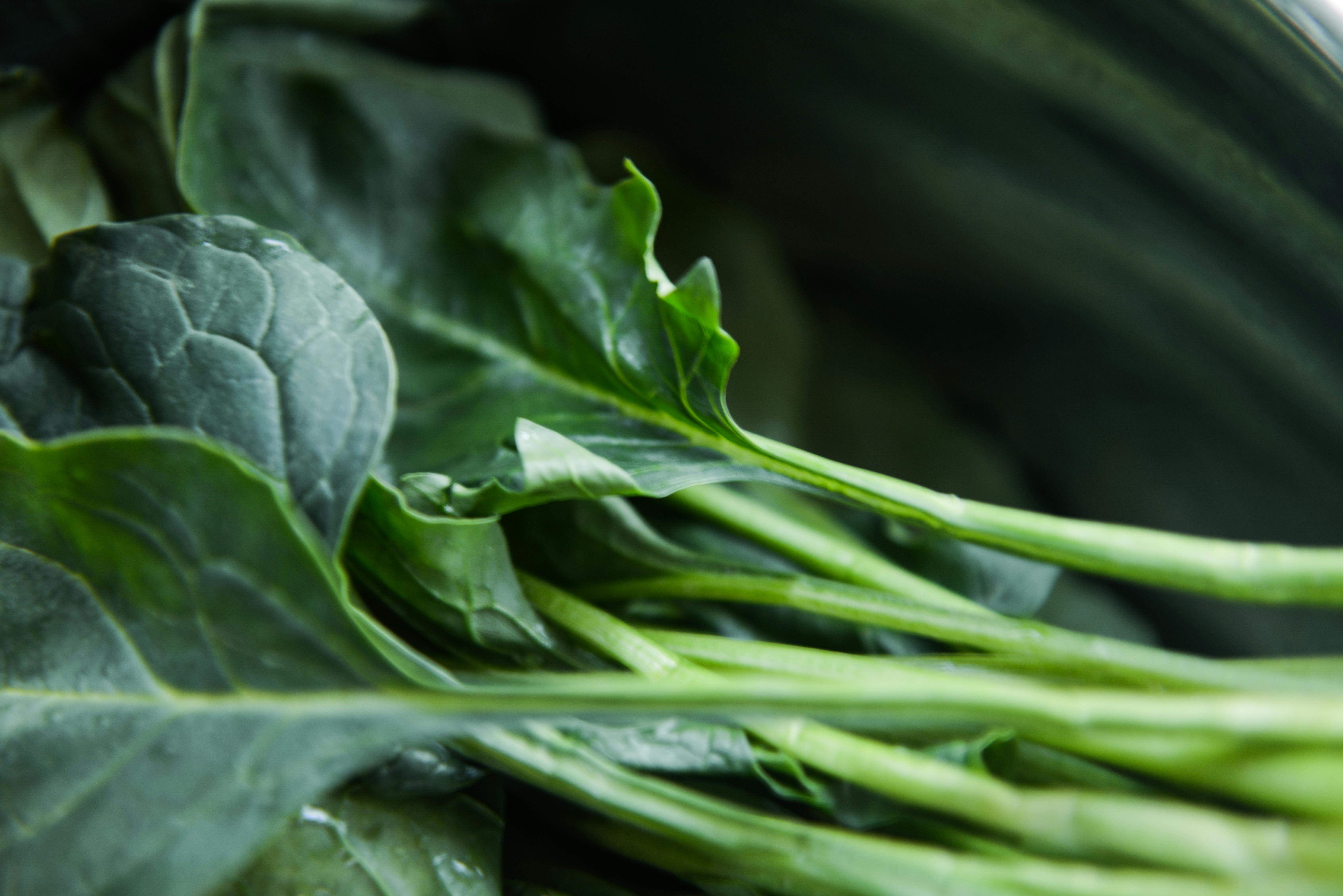Table of Contents
- Introduction to the Whole Food Eating Guide
- Tip 1: Prioritize Fresh, Whole Ingredients
- Tip 2: Incorporate Diverse Fruits and Vegetables
- Tip 3: Choose Whole Grains Over Refined Grains
- Tip 4: Opt for Organic When Possible
- Tip 5: Read Food Labels Carefully
- Tip 6: Plan and Prepare Your Meals
- Tip 7: Limit Processed and Packaged Foods
- Tip 8: Stay Hydrated with Whole Food-Based Drinks
- Tip 9: Balance Your Macronutrients Naturally
- Tip 10: Listen to Your Bodyâs Nutritional Needs
- Conclusion & Final Thoughts
- FAQs about the Whole Food Eating Guide
1. Introduction to the Whole Food Eating Guide
Understanding Whole Foods in 2025
The whole food eating guide for 2025 emphasizes the importance of consuming foods in their natural state. Whole foods are minimally processed, retaining most of their nutrients and natural fibers. This approach helps improve digestion, boost immunity, and promote overall health.
In recent years, scientific research has reinforced the benefits of a whole food diet. Data shows that populations with diets rich in whole foods tend to have lower rates of chronic diseases like heart disease, diabetes, and certain cancers. Incorporating more whole foods into your daily routine can significantly enhance your quality of life.
Whether you’re just starting your health journey or aiming to refine your eating habits, this whole food eating guide offers expert-backed tips to help you thrive in 2025 and beyond.
2. Tip 1: Prioritize Fresh, Whole Ingredients
Choosing Fresh Over Processed
In 2025, fresh, whole ingredients are more accessible than ever, thanks to new local farm initiatives and sustainable supply chains. Prioritizing fresh produce means you’ll get maximum nutrients, flavor, and antioxidants. Fresh foods are also free from artificial preservatives and additives.
Start shopping at local farmers’ markets or join farm-to-table programs. This not only supports local economies but also ensures you’re consuming the freshest possible ingredients. Fresh herbs, seasonal fruits, and vegetables should be staples in your weekly shopping list.
Batch cooking and meal prepping with fresh ingredients can save time and reduce reliance on processed options. Remember, the secret to a successful whole food eating guide is consistencyâsmall daily choices add up to big health benefits over time.
3. Tip 2: Incorporate Diverse Fruits and Vegetables
Colorful Plates for Better Nutrition
Eating a wide variety of fruits and vegetables is fundamental to the whole food eating guide. Different colors provide different phytochemicals and nutrientsâthink reds for lycopene, greens for chlorophyll, and oranges for beta-carotene. The more color on your plate, the broader your nutrient spectrum.
Research indicates that diversity in produce intake correlates with lower inflammation and improved immune function. Aim to include at least 5 servings of colorful produce daily for optimal health in 2025.
Plan your meals around seasonal produce to maximize flavor and nutrients. Incorporating adventurous options like purple sweet potatoes or cranberry beans can keep your diet exciting and nutritionally balanced.
4. Tip 3: Choose Whole Grains Over Refined Grains
The Shift Toward Whole Grains in 2025
Modern dietary guidelines increasingly favor whole grains over refined grains, and for good reason. Whole grains retain the bran, germ, and endosperm, providing fiber, minerals, and healthy fats. This helps regulate blood sugar, improve digestion, and maintain a healthy weight.
Popular options in 2025 include quinoa, brown rice, farro, and millet. These grains not only offer nutritional benefits but also add variety and flavor to meals. Replacing white bread, pasta, and baked goods with their whole grain counterparts can transform your diet.
Cooking with whole grains can be simpleâtry oatmeal for breakfast, whole grain wraps for lunches, or substituting quinoa in salads. Gradually increasing your intake ensures your digestive system adapts smoothly, making the whole food eating guide sustainable long-term.
5. Tip 4: Opt for Organic When Possible
The Organic Advantage in 2025
Choosing organic foods aligns with the principles of the whole food eating guide, especially when it comes to reducing pesticide exposure. Organic produce in 2025 is more widely available and often more affordable due to expanded farming practices.
Organic foods are grown without synthetic pesticides, fertilizers, or genetically modified organisms, ensuring cleaner, more natural nutrition. While thereâs ongoing debate about organic vs conventional, consensus suggests organic options often retain higher antioxidant levels.
Integrating organic into your diet once a week or for produce on the “Dirty Dozen” list can make a meaningful difference. This mindful choice supports sustainable farming and improves the quality of your diet.
6. Tip 5: Read Food Labels Carefully
Deciphering Labels in 2025
In the era of convenience, reading labels is essential to adhere to the whole food eating guide. Ingredients lists should contain simple, recognizable items without artificial preservatives, colors, or flavors.
Look for products labeled “100% whole grain” or “minimally processed.” Avoid items with added sugars, trans fats, or synthetic chemicals. Educating yourself on food labels helps you make informed choices during grocery shopping.
Practicing label literacy empowers you to avoid hidden additives that can compromise your health goals. Over time, this habit becomes second nature and fosters a deeper understanding of what youâre truly eating.
Huge Discount on the Best Certified Organic Whole Food Supplement!
7. Tip 6: Plan and Prepare Your Meals
Meal Planning Strategies for Success
An effective whole food eating guide relies heavily on planning. Preparing meals in advance reduces the temptation to reach for processed foods when you’re busy or tired.
Create weekly menus featuring seasonal, whole ingredients. Batch cooking grains, roasting vegetables, and pre-cutting fruits can save time during busy weekdays.
Investing in good storage containers and keeping ready-to-eat healthy snacks around can help you stay on track. The key is consistencyâsmall, daily meal prep efforts can lead to huge health gains by 2025.
8. Tip 7: Limit Processed and Packaged Foods
Reducing Unnecessary Additives
Processed foods are often laden with salt, sugar, unhealthy fats, and artificial ingredients. The whole food eating guide advocates minimizing these to improve health and vitality.
In 2025, innovative packaging and labeling help identify minimally processed options. Focus on whole, unprocessed versions of your favorite snacks and meals, such as nuts, seeds, fresh fruits, and vegetables.
Gradually reducing processed food consumption encourages your palate to appreciate natural flavors, leading to better cravings regulation and overall dietary quality.
9. Tip 8: Stay Hydrated with Whole Food-Based Drinks
Smart Beverage Choices in 2025
Staying hydrated is crucial, and the whole food eating guide encourages choosing drinks that complement your diet. Fresh fruit infused water, herbal teas, and coconut water are excellent options.
In 2025, consumers have access to a variety of natural drinks that support hydration and provide additional nutrients. Avoid sugary sodas and energy drinks, which can undermine your health goals.
Developing healthy beverage habits can enhance digestion, boost energy, and reduce calorie intake from empty sugars, aligning with your overall wellness plan.
10. Tip 9: Balance Your Macronutrients Naturally
Achieving Nutritional Balance
The whole food eating guide emphasizes eating balanced meals that include proteins, healthy fats, and complex carbs. Whole foods such as nuts, seeds, lean meats, legumes, and healthy oils are ideal sources.
In 2025, focus on variety and moderation to prevent nutrient deficiencies and promote satiety. Natural balance supports sustained energy and better metabolic health.
Practical tips include combining protein with fiber-rich vegetables or healthy fats to enhance nutrient absorption and satisfaction. A balanced diet is vital for both physical health and mental clarity.
11. Tip 10: Listen to Your Bodyâs Nutritional Needs
Intuitive Eating with Whole Foods
Finally, the most sustainable element of the whole food eating guide for 2025 is tuning into your body. Eating intuitively means paying attention to hunger, fullness, and cravings, choosing whole foods that genuinely nourish you.
Incorporate mindfulness practices into your mealsâslow down and savor each bite. This approach can help prevent overeating and foster a positive relationship with food.
Personalized nutrition is gaining traction, and listening to your body’s signals ensures you’re meeting your unique needs without strict dieting or deprivation.
Conclusion & Final Thoughts
As we’ve explored, following the whole food eating guide for 2025 can profoundly impact your health, energy, and overall well-being. By prioritizing fresh, diverse, and minimally processed foods, you create a sustainable lifestyle aligned with the latest scientific insights and environmental considerations.
Embracing these ten power tips empowers you to make smarter food choices, foster better habits, and enjoy the numerous benefits of whole food living. Remember, your health is an ongoing journey, and small steps today can lead to extraordinary results tomorrow.
Stay committed to your whole food eating guide, and watch as your health flourishes in 2025 and beyond.
Frequently Asked Questions about the Whole Food Eating Guide
- What is the main goal of the whole food eating guide?
- The primary goal is to promote health and well-being by emphasizing minimally processed, nutrient-dense foods in your diet.
- How can I start following a whole food eating guide?
- Begin by incorporating more fresh fruits and vegetables, choosing whole grains, and reading food labels carefully. Gradually eliminate processed foods and plan your meals ahead.
- Is organic food necessary for a healthy whole food diet?
- While not mandatory, organic foods reduce pesticide exposure and are often richer in antioxidants. Choosing organic strategically can enhance your dietâs quality.
- Can the whole food eating guide help with weight loss?
- Yes, focusing on whole foods can improve satiety, regulate blood sugar, and reduce calorie intake, supporting healthy weight management.
- What are some simple tips to adopt the whole food eating guide in 2025?
- Start with meal planning, shop local and seasonal produce, avoid processed snacks, and listen to your body’s cues for hunger and fullness.
Huge Discount on the Best Certified Organic Whole Food Supplement!
Related Content
- The Ultimate Guide to Whole Food Diet for Beginners (2025): 7 Effective Strategies to Transform Your Health
- The Ultimate Guide to 10 Effective Organic Whole Food Vitamins for 2025
- The Truth About Whole Food Supplements You Need to Know
- The Impact of Whole Foods on Kidney Health
- How to Use Whole Foods for Weight Loss Success




